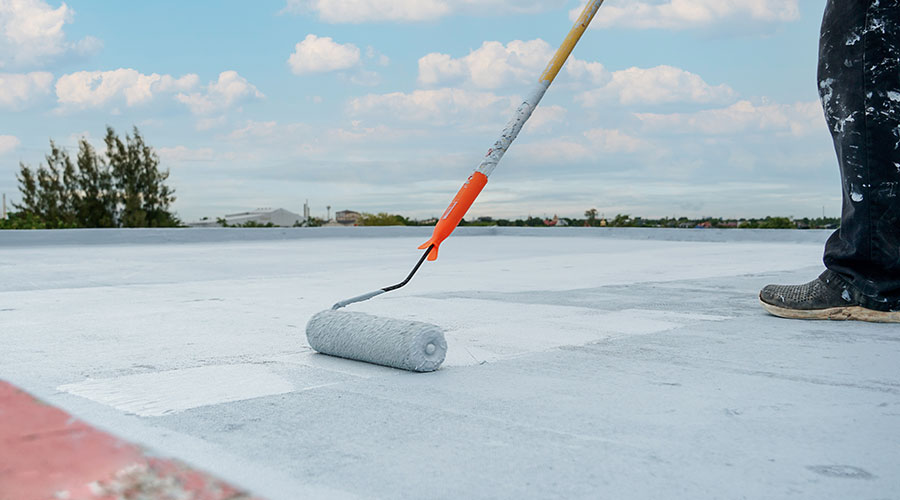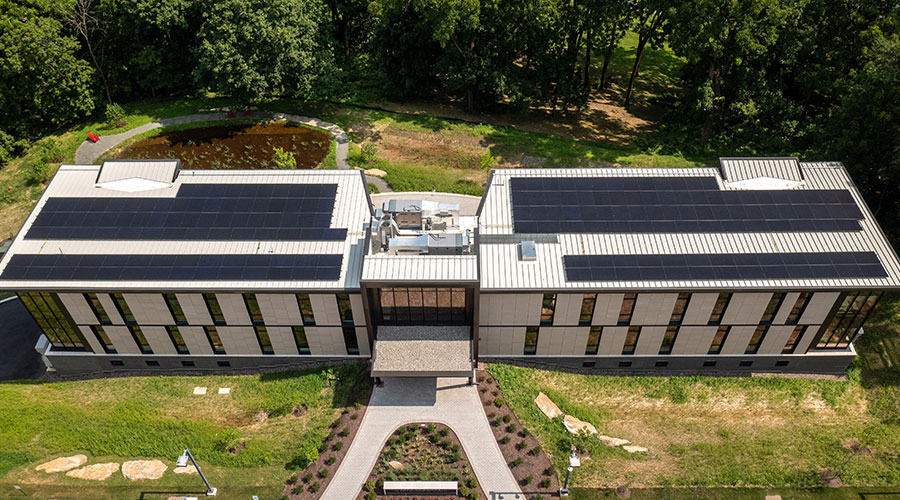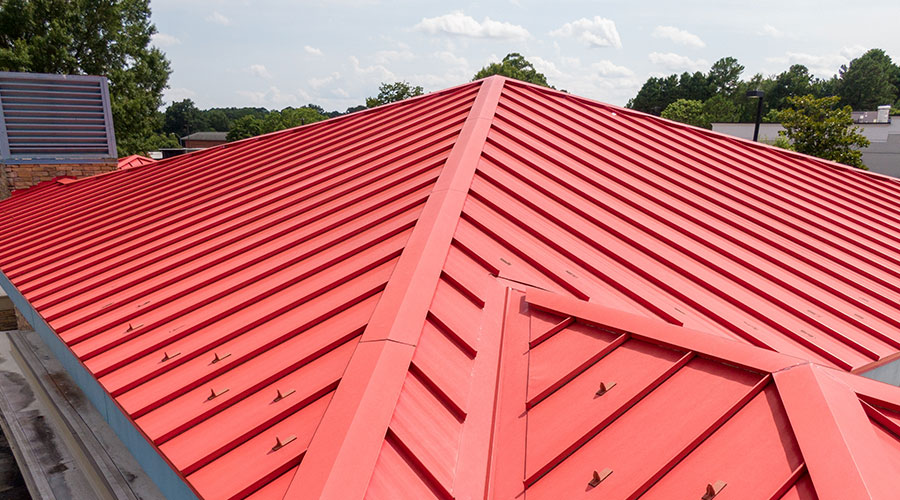Roof Inspections, Checklist Help Facility Managers Spot Trouble Early
In the fall, begin each inspection by noting any changes in roof conditions since the previous inspection. Go through your roof checklist and determine whether emerging issues demand immediate attention or continued monitoring. Remove debris and identify signs of wear due to heat, moisture, and ultraviolet radiation. Once the condition of the roof has been established, it's time to make any needed repairs or replacements to get the roof ready for winter.
Planned inspections should also include spot checks after significant storm events. Rain, snow, ice, and wind can deposit branches, litter, and other debris on the roof, which may cause damage. Dirt and rubble can clog drains, leading to ponded water and leaks. The sooner storm debris is removed, the sooner facility managers can inventory any repair work that may be needed in the wake of the storm.
Don't limit your inspection to the roof alone, as building envelope components are interrelated. Check parapets, copings, rooftop equipment, penthouses, skylights and any other building features that affect roof performance.
Bear in mind that water can migrate, so leaks may not originate where they are observed. What might seem to be a roof leak at first blush may turn out to be a plumbing leak, condensation or an exterior wall failure.
Keep Good Records of Roof Conditions
Recording roof conditions with photographs is important for documentation purposes, particularly for components still under warranty. That way, should concerns arise, visual evidence can support the written inspection report. If roof conditions call for more comprehensive evaluation, retain a design professional, usually an architect or engineer with experience in roof rehabilitation, to conduct a detailed investigation.
Routine roof inspections can serve as a starting point for establishing a storehouse of information on roof systems at your facility. On a regular basis, collect and update information on roof assemblies, such as:
- Roof system type (e.g., modified bitumen, EPDM, TPO, copper, slate)
- Manufacturer
- Warranty period and coverage
- Approximate area
- Linear footage of perimeter flashing, coping, or gravel stops
- Date of installation
- Installer/contractor (if known)
Use a roof plan to log data for each roof area, along with a plan of the floor below the roof. Keeping a chart of information that corresponds to the roof plan simplifies record-keeping by providing a visual depiction of the properties of each roof area.
As part of the data collection, make an effort to keep up-to-date records of maintenance and repair efforts. Such information enables accurate assessment of maintenance practices, and it may point to areas in need of rehabilitation or replacement. Such documentation may also be necessary for warranty coverage.
Related Topics:














